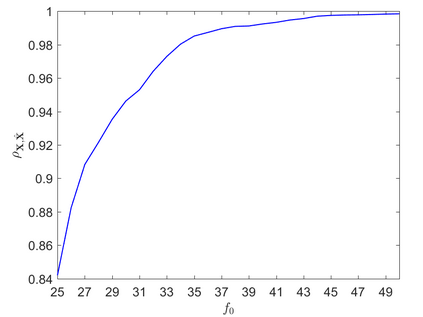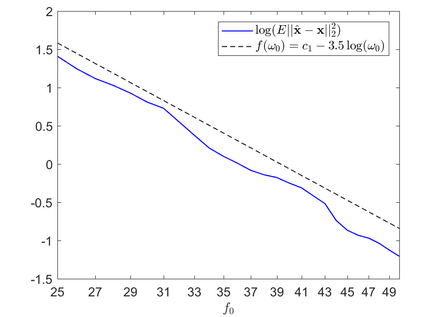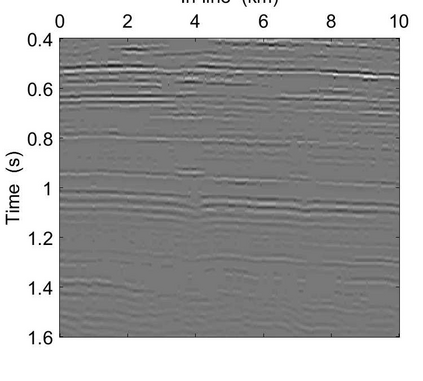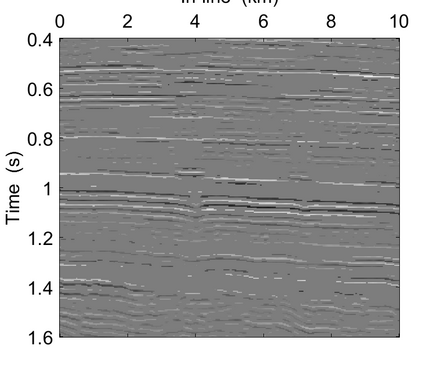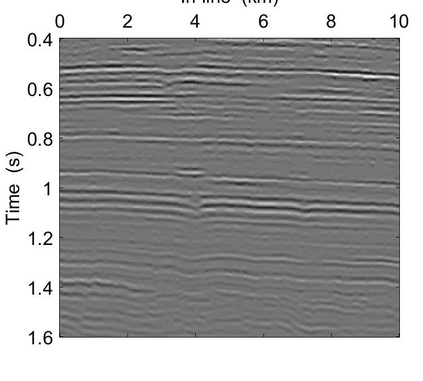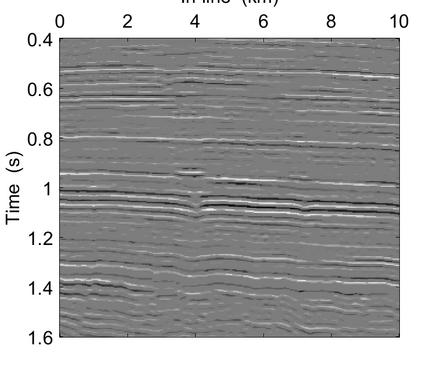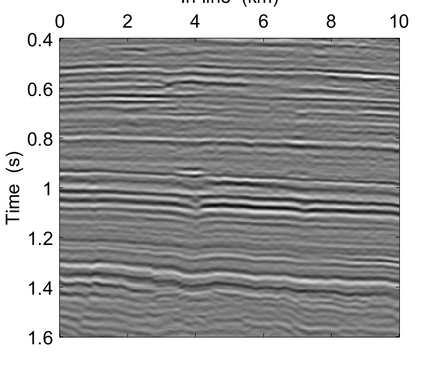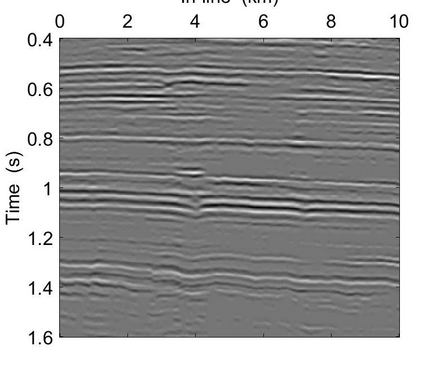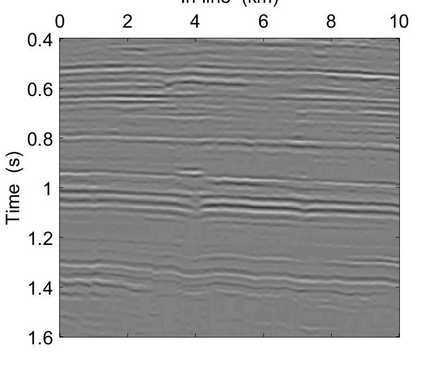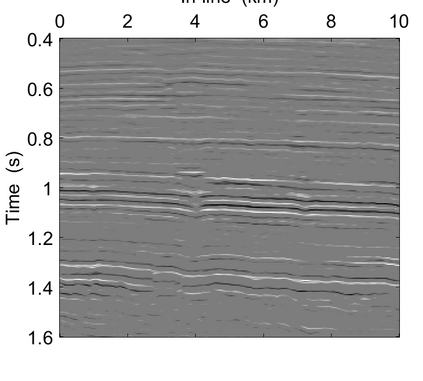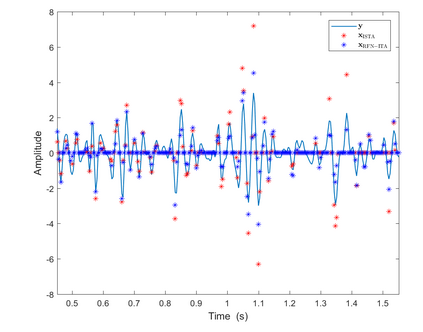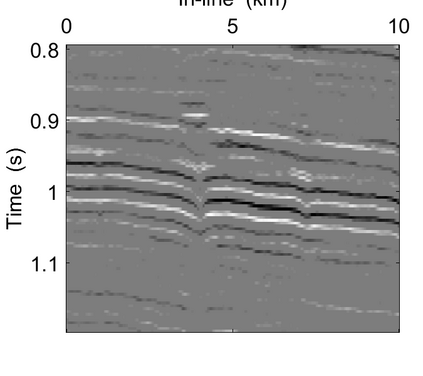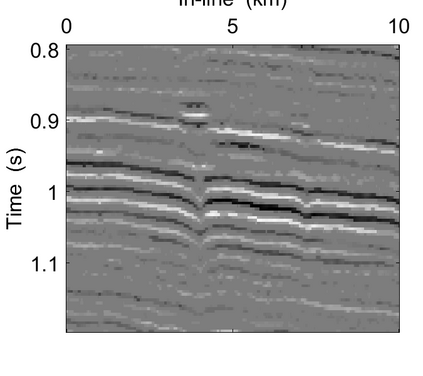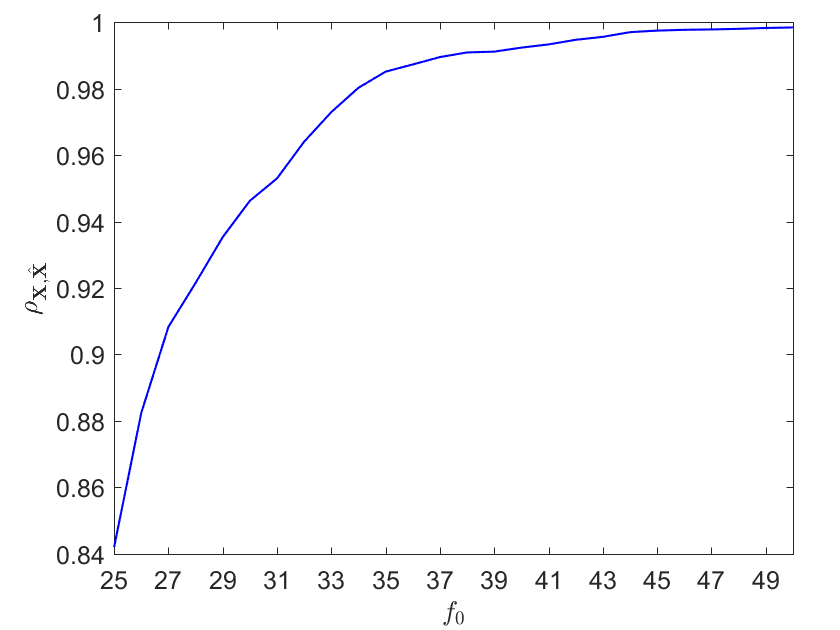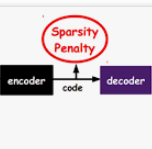In sparse coding, we attempt to extract features of input vectors, assuming that the data is inherently structured as a sparse superposition of basic building blocks. Similarly, neural networks perform a given task by learning features of the training data set. Recently both data-driven and model-driven feature extracting methods have become extremely popular and have achieved remarkable results. Nevertheless, practical implementations are often too slow to be employed in real-life scenarios, especially for real-time applications. We propose a speed-up upgraded version of the classic iterative thresholding algorithm, that produces a good approximation of the convolutional sparse code within 2-5 iterations. The speed advantage is gained mostly from the observation that most solvers are slowed down by inefficient global thresholding. The main idea is to normalize each data point by the local receptive field energy, before applying a threshold. This way, the natural inclination towards strong feature expressions is suppressed, so that one can rely on a global threshold that can be easily approximated, or learned during training. The proposed algorithm can be employed with a known predetermined dictionary, or with a trained dictionary. The trained version is implemented as a neural net designed as the unfolding of the proposed solver. The performance of the proposed solution is demonstrated via the seismic inversion problem in both synthetic and real data scenarios. We also provide theoretical guarantees for a stable support recovery. Namely, we prove that under certain conditions the true support is perfectly recovered within the first iteration.
翻译:在稀疏的编码中,我们试图提取输入矢量的特征,假设数据本身的结构是基本构件的稀少叠加,假设数据是基本构件的稀少叠加。同样,神经网络通过学习培训数据集的特性来履行特定任务。最近,数据驱动和模型驱动的特性提取方法都变得极为受欢迎,并取得了显著的成果。然而,实际应用往往过于缓慢,无法在现实生活中使用,特别是实时应用。我们建议了经典迭接阈值转换算法的加速升级版本,在2至5代内生成一个细微的革命稀少码近似。速度优势主要来自这样的观察,即大多数求解器因低效率的全球临界值而减慢下来。主要想法是将每个数据点由当地可接受的场能实现正常化,然后使用一个门槛。这种方式是抑制对强性特征表达的自然倾向,这样人们可以依赖一个容易比较接近的、或者在培训期间学到的全球阈值。提议的算法可以在2至5代号内产生良好的近似近似近近近近近近。经过训练的版本是经过我们使用的。经过训练的版本,经过训练的版本是作为正统线网网内设计的一种精确网络,它作为正反演化数据运行中的一种运行中的一种运行中的一种运行中的一种支持。我们所展示的状态,在所展示中展示的状态中提供的一种稳定的模拟的恢复。我们所展示的状态。在所展示中,在所展示的状态中提供的一种稳定的恢复。我们所展示的状态中提供的一种支持。

